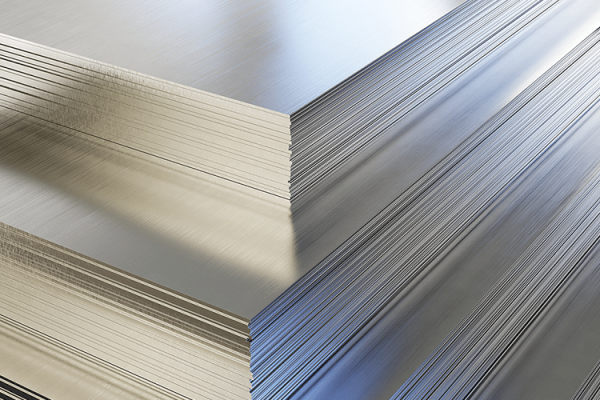If you’re reading this, chances are that you’re using one of two blanking methods: mechanical blanking or table lasers. While these have become standard with sheet metal, they come with their fair share of disadvantages. With mechanical blanking, you have dies to build, reoccurring die storage costs, and on-going die maintenance costs. You also have to always consider configuration limits and the use of a pit.
With table lasers, you have incremental costs, bulky storage needs, and blank size limitations. You also have flashback due to slats or a nail bed requirement to hold materials in place, as well as annoying sheet loading and unloading times.
Therefore, in using either of these methods, you’re putting yourself at a serious disadvantage. Fortunately, in switching to a more efficient method like coil-fed laser blanking, you can avoid all of these issues.



